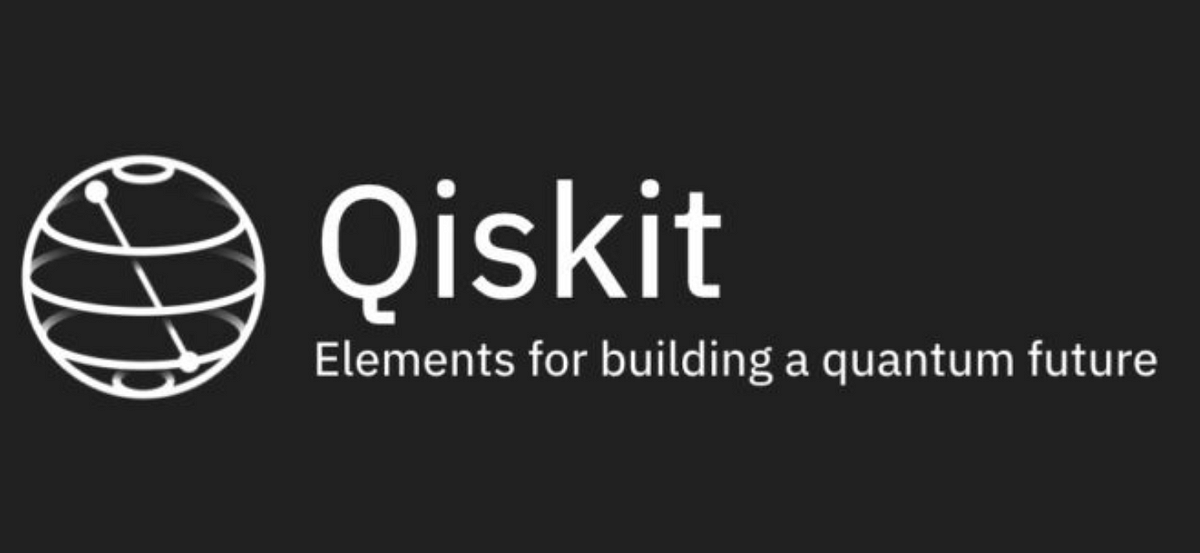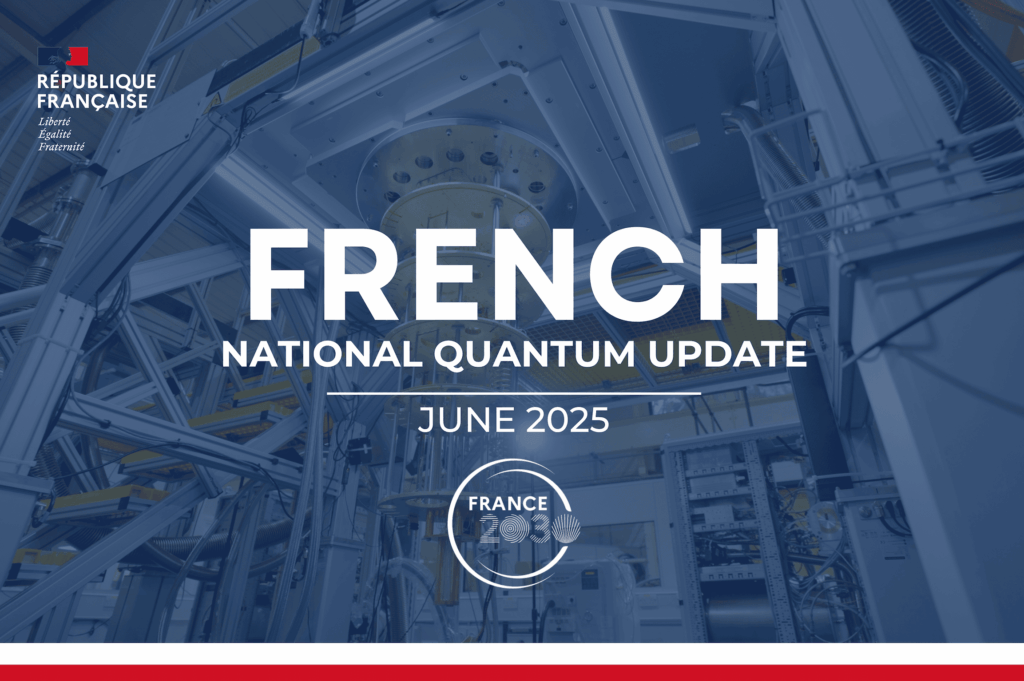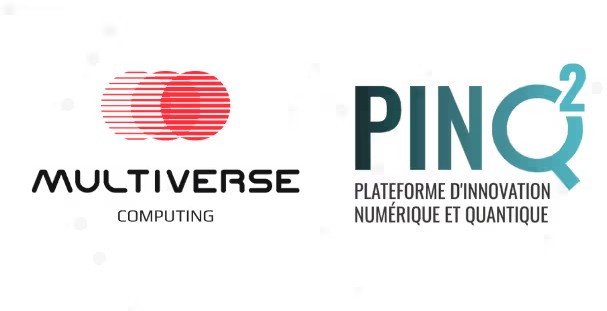“We like to say that Qiskit has come of age,” said Blake Johnson, Quantum Engine Lead at IBM Quantum during a recent interview on IBM’s latest quantum software offering.
At the heart of the conversation was Qiskit 1.0, a major milestone release that marks the maturity of IBM’s quantum software development kit (SDK).
Johnson elaborated: “The SDK, which is kind of the user’s first touch point to that collection of tools, reached a major milestone in March of this year where we released version 1.0.”
The significance of Qiskit 1.0 lies in its enhanced performance, stability and reliability.

“It’s really matured to the point where it now offers better performance, better stability, better reliability,” Johnson asserted. “We like to say that Qiskit has come of age with 1.0.”
But IBM’s ambitions don’t stop there. Johnson revealed plans for annual major releases.
“We plan to release a new major version once a year, with kind of 18-month support cycles, so it’s really providing a more stable platform for users to develop on,” said Johnson.
At the heart of Qiskit’s appeal is its user-friendly approach to quantum application development. Johnson outlined the “Qiskit pattern,” a four-step framework designed to guide users through the process.
“We’ve developed a pattern that we call the Qiskit pattern,” he began. “It has four steps: map your problem into a quantum description, optimize those circuits, execute on a quantum computer, and post-process your quantum output.”
Underpinning Qiskit’s performance enhancements is IBM’s strategic adoption of the Rust programming language. “We’ve been on a journey to replace performance-critical sections of Qiskit with Rust,” Johnson explained. “It’s driven enormous improvements in the speed and memory footprint of the Qiskit transpiler. It’s, in fact, 39 times faster than it was two years ago when we started this performance journey.”
Perhaps most notably, Qiskit’s open-source nature ensures accessibility for developers worldwide.
“It’s actually free and open-source. You can just pip install it like any other Python package,” said Johnson, making it an enticing proposition for organizations seeking to leverage quantum computing’s potential.
As quantum computing continues its rise, IBM’s Qiskit 1.0 positions itself as a powerful enabler, simplifying the development process and empowering a new wave of domain experts to harness this transformative technology.
















